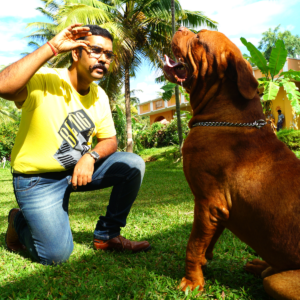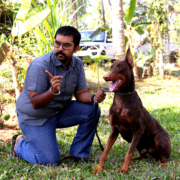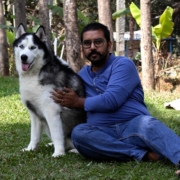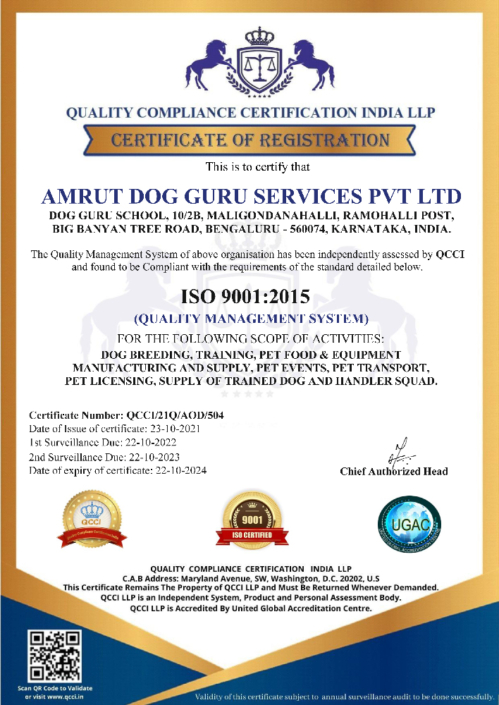Every dog owner or a dog parent wishes their dogs could listen to their words and perform endless tricks to impress people or even make a healthy bond between themselves and the dog. Teaching tricks can be tough when they are just at the puppy stage till it’s a 40-day-old puppy, one could start teaching puppies of 60+ days old to start teaching/training the sit command using the below methods.

‘Sit’ is a great place to start when teaching your dog the basic commands. It is an easy trick to master and can be useful in training your dog in other commands like stay, leave etc as well as getting your dog ready to be trained in future for socialization, protection or more. Teach your dog to sit using these instructions.
- Understand how training works – Dogs learn just like humans, by practising. The learning for dogs goes on whether we are actively teaching them or not. Dogs learn in 2 important ways – through Classical conditioning( a process where two actions are learned to perform at the same time, in this case where the dogs perform the trick and receive a reward instantly), or Operant conditioning( a process by which humans and animals learn to behave in certain ways as to obtain rewards or to avoid punishment)
When we are training our dogs to perform certain behaviours or tricks, we are using the operant conditioning method. This is where we pair the appropriate behaviour with a reward, which makes the behaviour more likely to happen the next time. If used correctly along with positive reinforcement, operant conditioning could create a wonderful bond between you and your dog, and is so helps with their mental well-being and enrichment. Dogs will naturally seek to perform behaviours that have brought positive consequences and will try to avoid behaviours that have brought negative consequences in the past.
- Prepare with the right tools – Before you start training your dog/dogs, it is important to get hands-on with the right tools to make the process easier and achievable success. Anyone who is involved in the training must use consistent methodologies to help dogs learn faster and with more effectiveness.
Having the right reward and appreciating are two important steps in dog training. The right reward like a tasty treat will lure your pet to move its body to perform the right action. Then rewarding/appreciating him right after the trick Is done is essential and must be done in 3 seconds after they’ve performed right. This could be either saying words like “yes boy” or “good boy/girl”. This way the words will become the bridge between the action and the reward i.e. treats and becomes obvious for the dog to expect a reward when you say it.
- Train with fewer distractions around the dog – Find a place without distractions so that your dog can learn faster with better focus on you and just the rewards you have. Get your hands on their favourite treat which should be given rarely and only when he does something you like or love.
- The right way to get your dog to sit – While the dog is focused on the reward, hold it just above his head so that he looks up, now slowly push the treat back just behind his nose so that he starts to tilt his head back. Your dog will now try to get the treat and to do this from any position he will need to sit on the floor. As soon as this happens you must capture the moment by praising or appreciating with words such as Good boy and give him the treat.
- Practise with the Command – Repeat the above step by adding the command SIT to it, till your dog understands what is it that you are expecting him to do, and can relate that action of sitting will get him the rewards. You can repeat and practise, over time you will be no longer required to move around the treat and your dog will respond with just the voice command.
Get your Dog to perfect Obedience and Behavior with DOGGURU School Training – Call 9559077666 to register your Pet.






Leave a Reply
Want to join the discussion?Feel free to contribute!